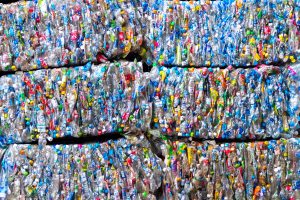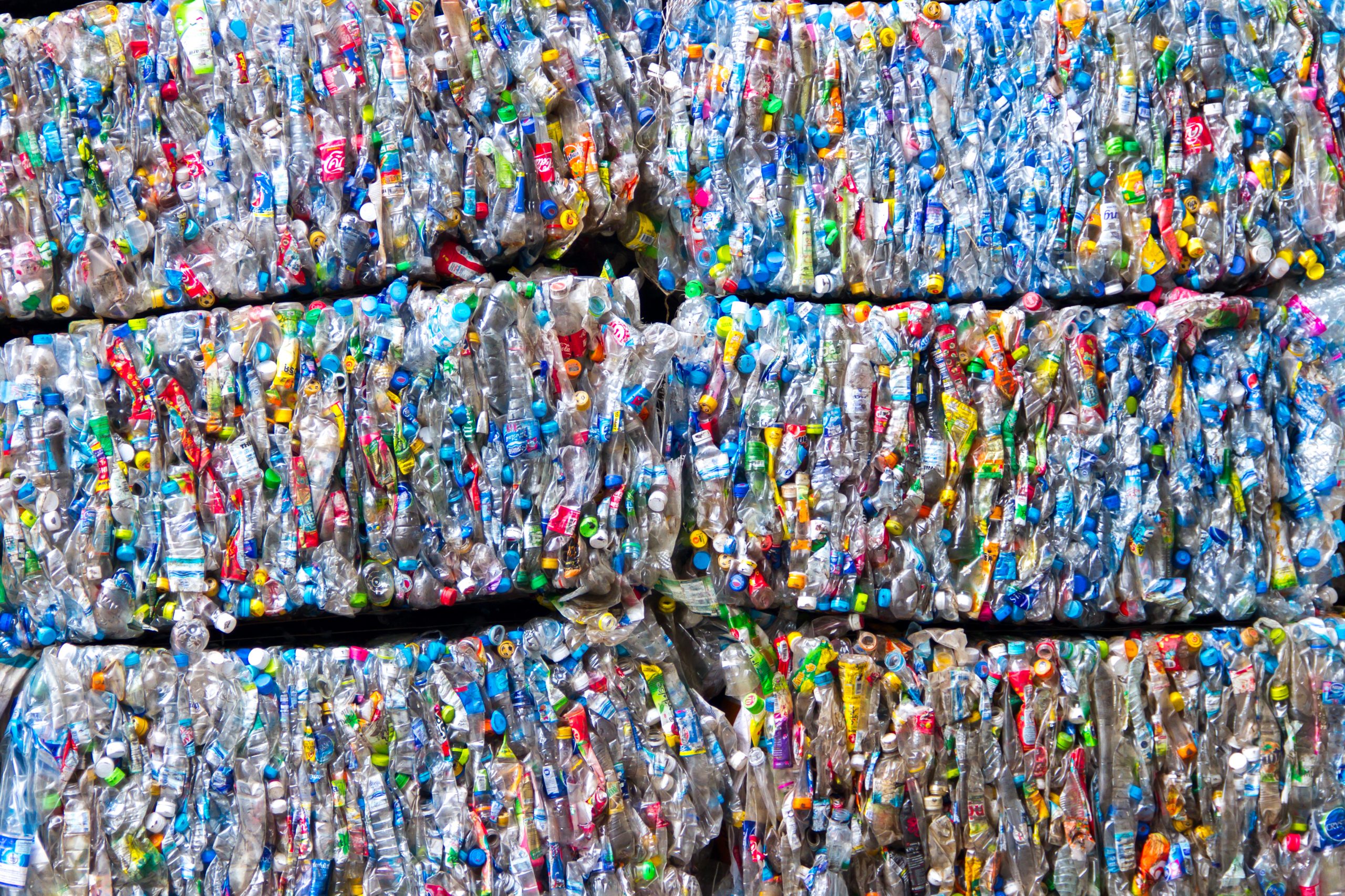Analysing the complexity of the petrochemical network
Each month, the C-THRU research assistants meet for a progress update, and some of these meetings include a seminar from one of the project leads. In May’s meeting, the seminar was held by Penny Hamlin from HancockHamlin Ltd, who has been co-leading C-THRU’s work on the structure of the petrochemical sector with her husband Chris.
The chemical industry is a complex network of interconnected facilities operating across the globe. Penny and Chris have been working to untangle some of this complexity to provide valuable context for the rest of C-THRU’s research. Their work aims to help the rest of the team to understand the structure and behaviour of the sector and evaluate C-THRU’s future scenarios.
Penny started off by explaining their archetype model, which groups countries according to their characteristics within the global petrochemical industry. For example, some countries are rich in the raw materials needed for making chemicals but lack local demand for manufacturing them. Meanwhile, other countries have a high demand for end-products but lack reserves of fossil fuel feedstocks so have to import them. Countries that fit with certain archetypes will require different types of emissions mitigation strategies. For instance, if a country consumes large volumes of chemical products but doesn’t produce any, it wouldn’t make sense for that country to focus on reducing emissions from the production stage.
Across the whole globe, chemical plants and facilities are connected by relationships. Companies can be linked by ownership, proximity, infrastructure, or by exchanges of materials, money, and knowledge. Penny and Chris have been working to map this network of connections and reveal relationships that aren’t immediately obvious. This is valuable because it helps us to spot the greatest opportunities for positive change. It helps us understand the implications of actions we might take to reduce emissions and shows us the barriers that might need to be overcome.
For more, read Penny and Chris’ analysis of the petrochemical network in Western Europe and stay tuned for our upcoming publications.






